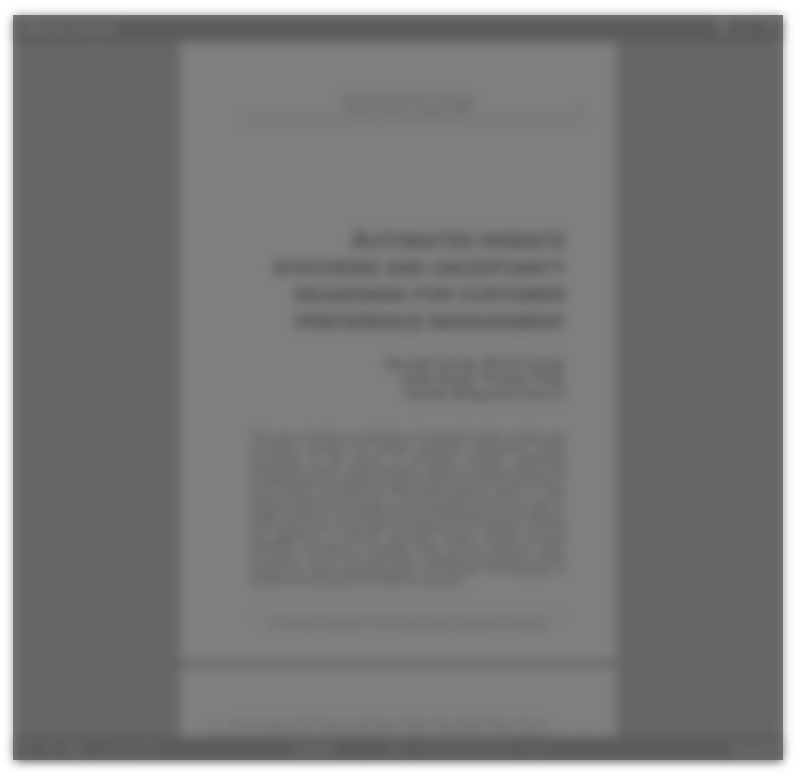Abstract:
This paper describes the evolution of industrial and consumer new product opportunities through the utilization of graphic probe stimuli which helped respondents recall and articulate unmet needs. The findings are based on an actual case history, a project conducted in the United States from September, 1989 through April, 1990. The major difficulty confronting the researcher was how to evaluate the market potential for a new technology that had had no previous exposure, and for which potential end-users had no perceptions of applications or benefits - in fact, no understanding of the new technology, or of its potential for fulfilling their needs. By using projective techniques, researchers were able to move beyond respondents' opinions of concepts presented, and discuss their attitudes about unmet needs. Findings presented below support the major argument that industrial new product opportunities can be identified by the projective research techniques utilized. The project generated 49 acceptable new product applications (not previously considered by the sponsor), all evolved through the process, and all with varying degrees of market potential. Methodology included creation of "concept boards", graphic stimuli used to probe respondents' attitudes about their unmet needs. After conducting in-depth interviews, the concept boards were modified, deleted, or new ones added, which better represented new needs as they were discovered. Therefore, special attention was devoted to the issue of probing beyond respondents' immediate reactions (opinions) to the boards, rather, having them express their attitudes about professional problems they were experiencing, that a new, or "similar", technology might solve.







